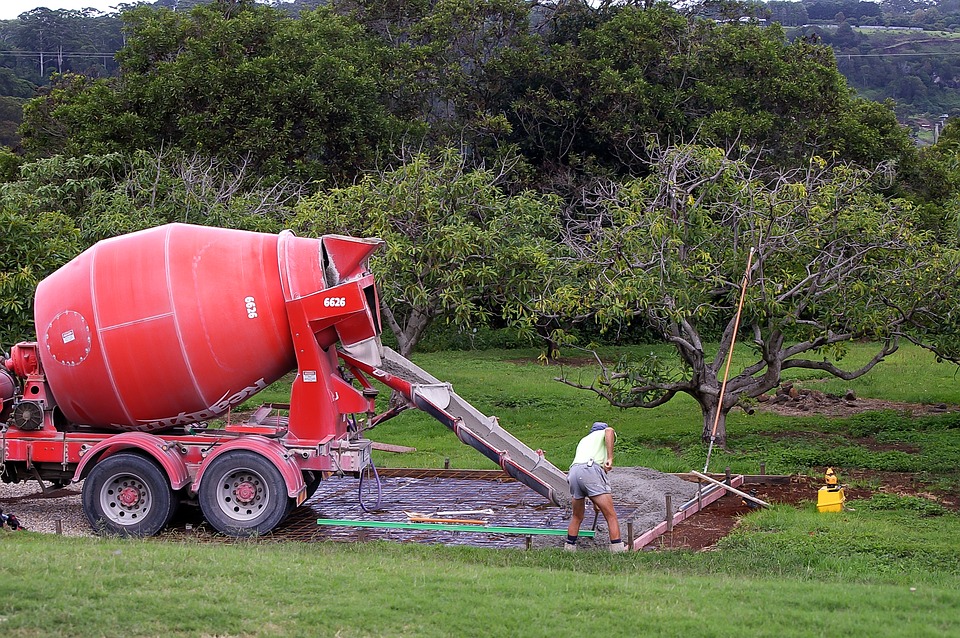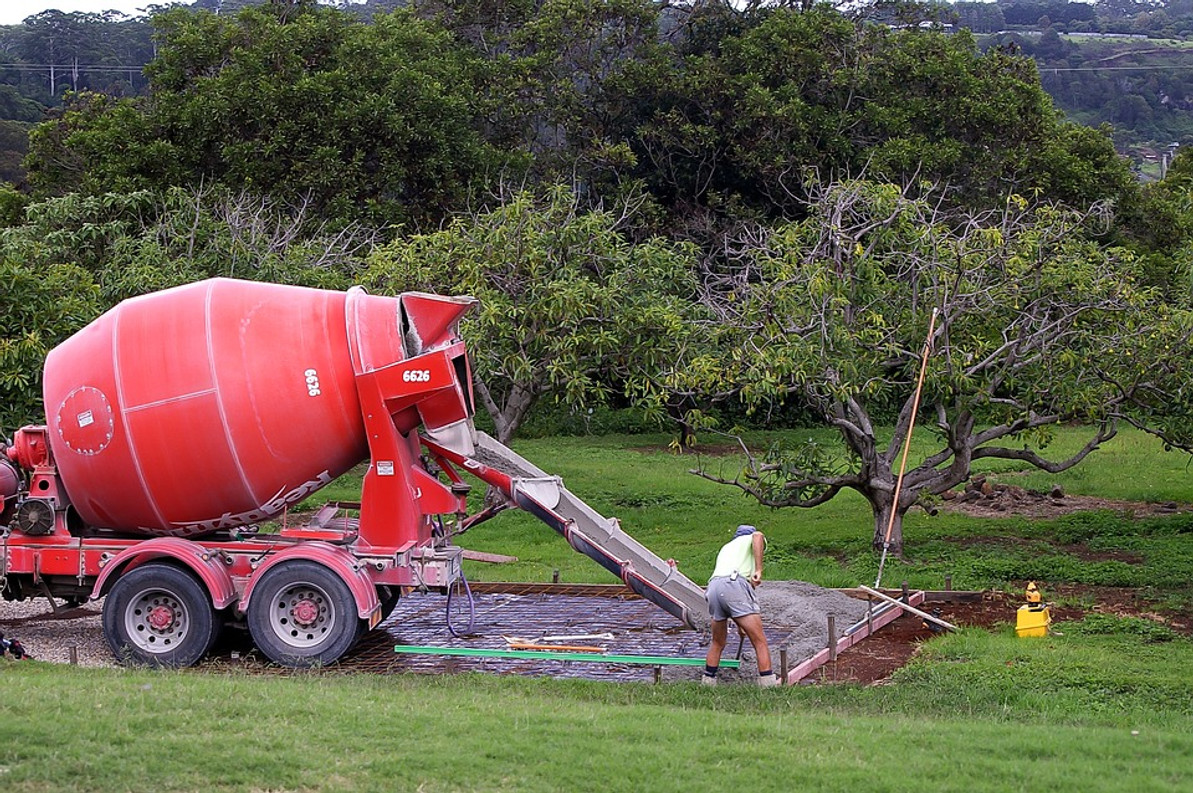6 Safety Tips to Follow When Pouring Concrete

Does your job require you to pour concrete? According to the Occupational Safety and Health Administration (OSHA), one-quarter of a million Americans work in the concrete manufacturing industry. In a typical year, about 28,000 of those Americans will experience a work-related injury or fatality. You can stay safe when pouring concrete, however, by following these six safety tips.
#1) Rinse Skin After Contact With Concrete Dust
If you happen to get concrete dust on your skin -- something that's bound to happen sooner or later when pouring concrete -- rinse it off using warm water and soap. The abrasive properties of concrete dust can damage your skin. Furthermore, some people are allergic to concrete dust, with exposure causing hives or other allergic conditions.
#2) Wear Protective Safety Goggles
OSHA recommends wearing protective safety goggles when pouring or working with wet concrete. If wet concrete gets in your eyes, it can cause serious burns. In some cases, it may even cause permanent vision loss. You can protect your eyesight, however, by wearing protective safety goggles.
#3) Wear Alkali-Resistant Gloves
In addition to protective safety goggles, OSHA recommends wearing alkali-resistant gloves when pouring or working wet concrete. What are alkali-resistant gloves exactly? Basically, the term "alkali-resistant" refers to qualities that discourage or resist chemical reactions to alkaline materials. Wet concrete is considered highly alkaline, which is why it burns your skin (or eyes) on contact. Therefore, wearing alkali-resistant gloves will protect your hands from concrete-related burns.
#4) Don't Breath in Dry Concrete
After concrete has dried, use caution to ensure that you don't accidentally breathe in any of the hardened concrete particulates. Although it sounds harmless, breathing in hardened concrete dust can lead to silicosis or even lung cancer. This is why OSHA recommends wearing either a P-, N- or R-95 respirator
#5) Lift Concrete Bags Using Your Legs, Not Your Legs
Many concrete-related injuries are the result of poor lifting practices. A typical bag of concrete may weigh 50 to 100 pounds. While that's light enough for most workers to lift themselves, you shouldn't attempt to lift concrete bags using your bag. Instead, use your legs to lift them.
#6) Wear Long-Sleeved Clothing
Finally, it's important to wear long-sleeved clothing, including a shirt and pants, when pouring wet concrete. If the concrete gets on your skin, it may burn. And while gloves will protect your hands from concrete-related burns, they won't protect your arms or legs, which is why it's a good idea to wear long-sleeved clothing.
Recent Posts
-
Fire Safety in the Workplace: What You Need to Know
What steps are you taking to prevent fires in your workplace? According to the U.S. Occupational Saf …Aug 23rd 2023 -
Is It Safe to Go Jogging With a Cold Infection?
If you're suffering from a cold infection, you might be wondering whether it's safe to go jogging. T …Aug 22nd 2023 -
5 Safety Tips to Follow When Using a Powder-Actuated Tool
Powder-actuated tools are commonly used to join materials to steel and concrete. Also known as Hilti …Aug 20th 2023




